This post may contain affiliate links. For full information, please see our disclaimer here and our Privacy Policy here.
Welcome to the Solo Female Travel Safety Tips and Advice page for Angola!
This page is brought to you by Solo Female Travelers Tours, our curated small group trips for women, by women.
On this page you will find first-hand, unbiased, and real safety tips, advice and reviews from women traveling solo, submitted directly from their personal experiences in the country.
Their opinions are unfiltered and submitted independently as part of the Solo Female Travel Safety Index, a ranking of 210 countries and regions based on how safe they are for women traveling solo.
The safety scores range from 1 to 4 with 1 being the safest and 4 being the most dangerous for solo female travelers.
You don’t need to login to read the below reviews. But do sign up or login to share your solo travel experiences, country safety rating and comments.
Jump straight to: Travel Tips | About the Index | Resources I Leave a Review
MAKE A DIFFERENCE – LEAVE YOUR SAFETY REVIEWS!
We can make the world a safer place for women traveling solo together. Sign up to our portal and leave your reviews NOW. Share your experience with other solo female travelers and help us empower more women through travel.
Angola Country data
We have compiled a few data points below that can help you better understand Angola and have more context when thinking about travel safety.
Official country name: Republic of Angola.
Etymology: Name derived by the Portuguese from the title "ngola" held by kings of the Ndongo (Ndongo was a kingdom in what is now northern Angola).
Country map
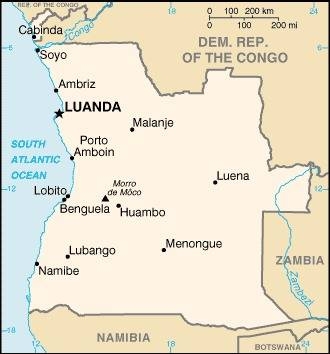
Locator map
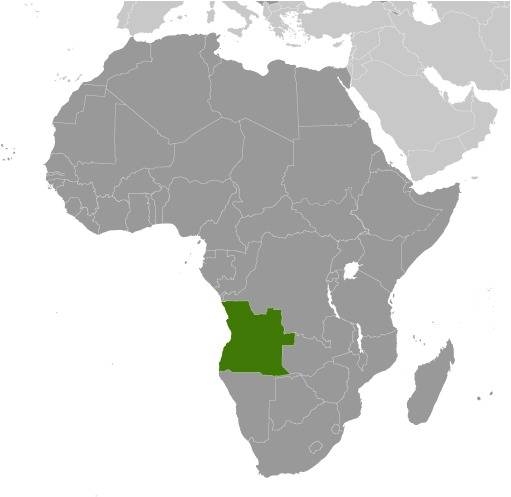
Flag
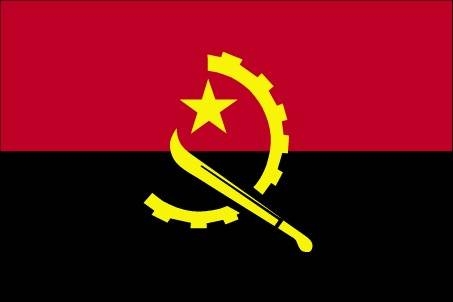
Capital: Luanda.
Independence / foundation: From the late 14th to the mid 19th century the Kingdom of Kongo stretched across central Africa from present-day northern Angola into the current Congo republics. In 1914, Portugal abolished the last vestiges of the Kongo Kingdom and Angola became a Portuguese colony.
Fighting between the Popular Movement for the Liberation of Angola (MPLA), led by Jose Eduardo Dos Santos, and the National Union for the Total Independence of Angola (UNITA), led by Jonas Savimbi, followed independence from Portugal in 1975 and lasted for 27 years. Peace returned to Angola in 2002 and the country has been trying to rebuild since then.
Population: 36 million.
Currency: Angolan Kwanza (AOA)
1 USD = 829 - 839 AOA
1 EUR = 896 - 911 AOA
Time zone: UTC+1
Languages spoken: Portuguese 71% (official), Umbundu 23%, Kikongo 8%, Kimbundu 8%, Chokwe 6%, Nhaneca 3%, Nganguela 3%, Fiote 2%, Kwanhama 2%, Muhumbi 2%, Luvale 1%, other 4%.
Religions: Roman Catholic 41%, Protestant 38%, other 9%, none 12%.
Climate: Semiarid in the south and along the coast to Luanda; The north has a cool, dry season (May to October) and a hot, rainy season (November to April).
Real GDP (ppp – purchasing power parity): $210 billion.
Real GDP per capita (ppp): $5,900.
Main airports: Quatro de Fevereiro International Airport.
World heritage sites in Angola
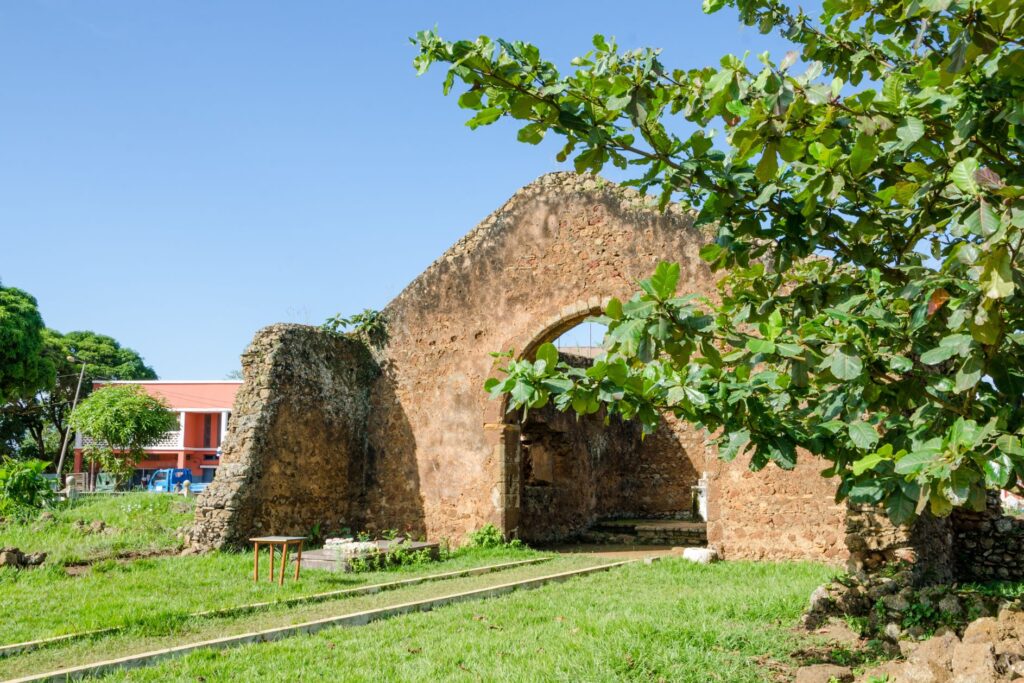
There are over 1,100 world heritage sites spread across more than 165 countries. New ones are added every year, and some may be removed from the list for various reasons.
Number of UNESCO listed sites: 1.
Top world heritage sites:
Mbanza-Kongo, the country's ancient capital.Interesting facts about Angola
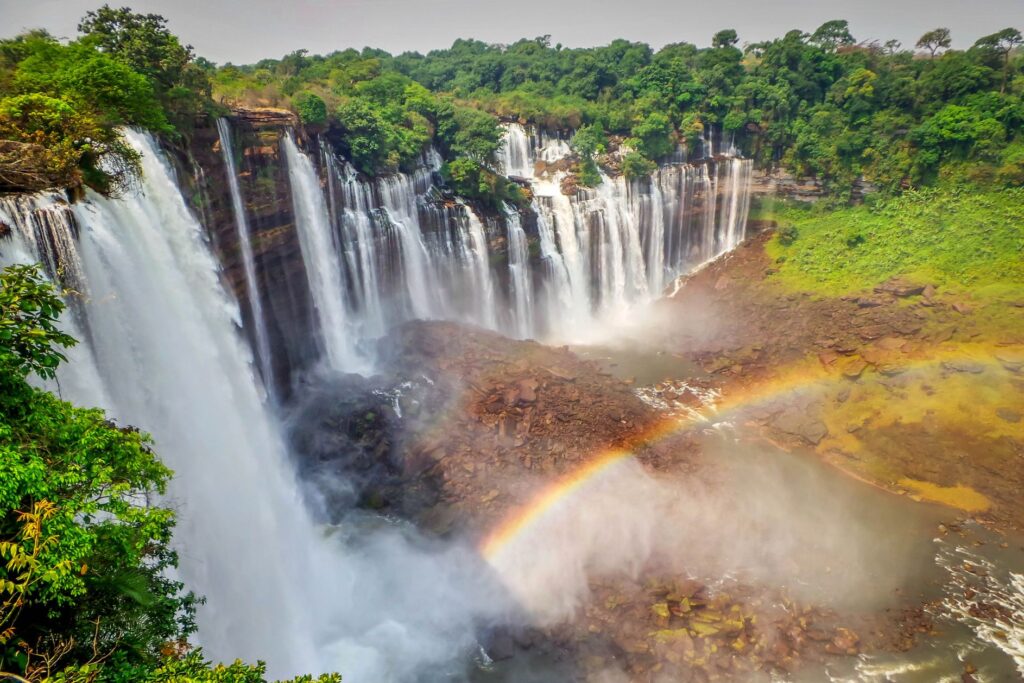
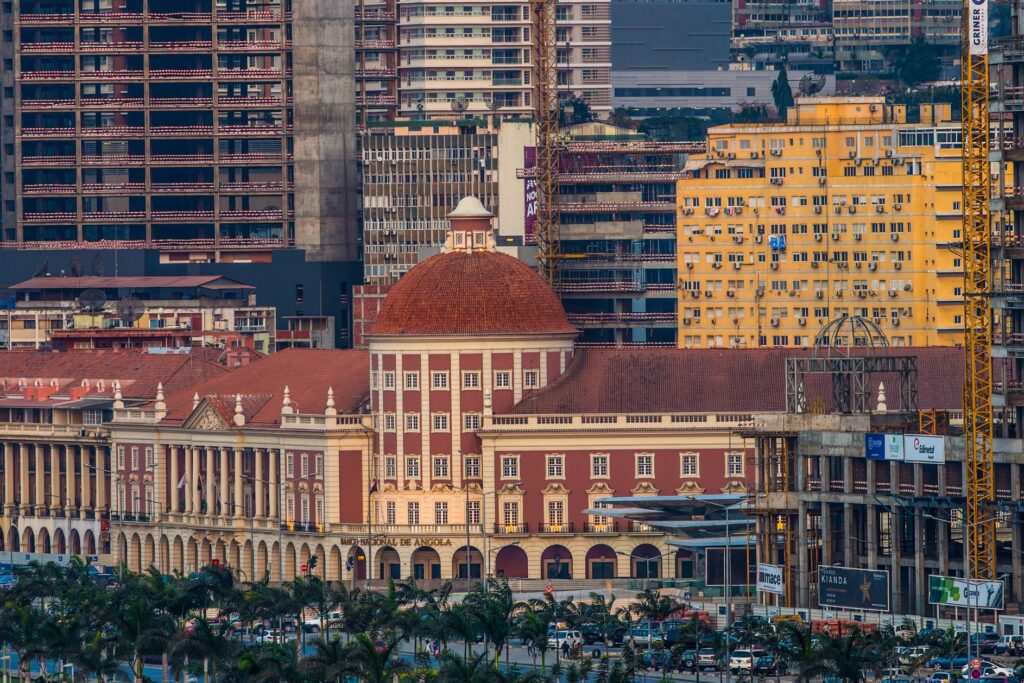
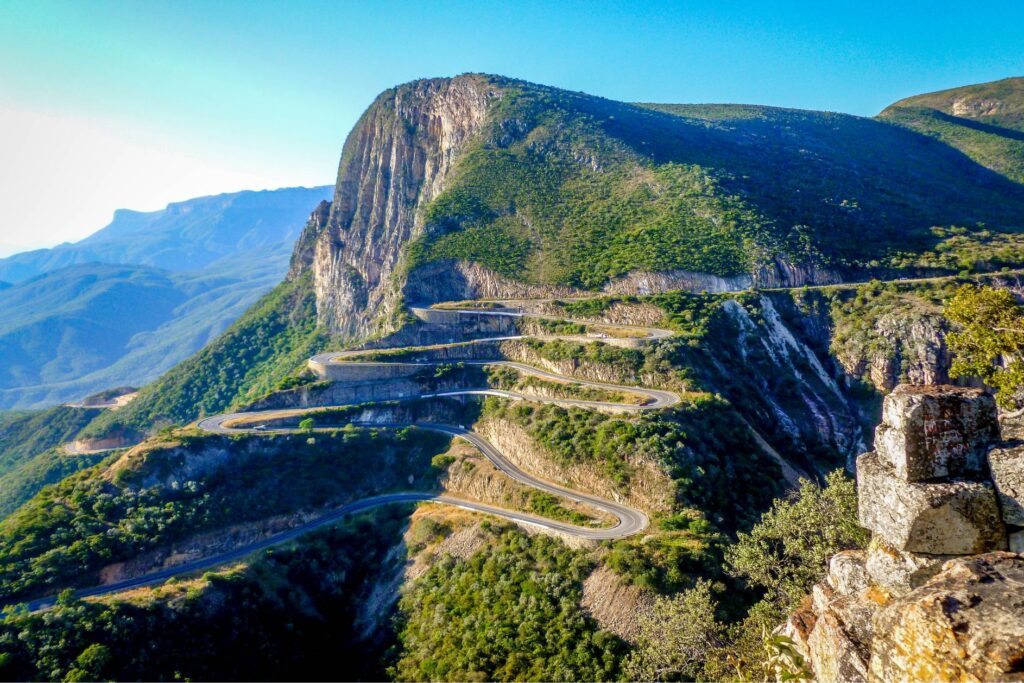
- Isabel Dos Santos, an Angolan businesswoman, is Africa's richest woman. Her estimated fortune is $2.2 billion. She is the daughter of former Angolan president José Eduardo dos Santos.
- Oil accounts for 88% of the country's total exports.
- Angola has one of the biggest waterfalls in Africa, the Kalandua Falls, with a width of 410 m and a drop of 105 m.
- Angola has one of the youngest populations in the world. It's median age is 15.9.
Further reading: N/A.
Angola Travel tips
Socket type: C / F. Guide to socket types.
Weekend days: Saturday and Sunday.
Driving: Cars drive on the Right.
Local taxi apps: Allo Taxi, Tirosa.
Travel Guides: Bradt Guide.
Languages spoken: Portuguese 71% (official), Umbundu 23%, Kikongo 8%, Kimbundu 8%, Chokwe 6%, Nhaneca 3%, Nganguela 3%, Fiote 2%, Kwanhama 2%, Muhumbi 2%, Luvale 1%, other 4%.
Basic words and phrases in Portuguese:
Hello: Olá
Please: Por favor
Thank you: Obrigado/Obrigada
Help: Preciso de tua ajuda
Learn more Portuguese with our favorite learning app Mondly.
More about Angola on Solo Female Travelers
Coming soon.Did you spot any errors? We do our best to keep this information updated and accurate, but things change. If you saw anything that is not right, let us know so we can fix it: [email protected].
About the Solo Female Travel Safety Index
Safety matters to solo female travelers, you told us so in our annual Solo Female Travel Survey, where year after year, women prove that this is their most important concern when traveling solo.
We wanted to do something about it, so we built these country-specific pages where you can find reviews and scores for 7 key variables affecting the safety of women traveling solo.
Variables
- Risk of scam
- Risk of theft
- Risk of harassment
- Attitudes towards women
- UK Travel Advisory
- US Travel advisory
- Global Peace Index (GPI)
Informing OSAC
The Solo Female Travel Safety Score is used by the Overseas Security Advisory Council for including safety concerns for women travelers in their country security reports; OSAC is a partnership between the U.S. Department of State and private-sector security community.
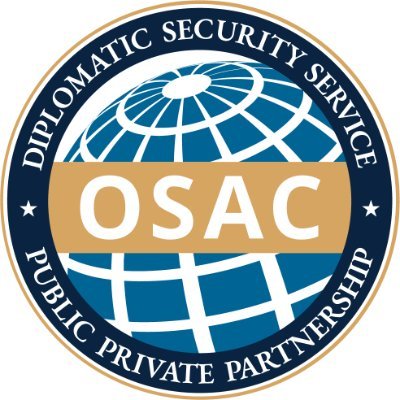
How to use the Safety Index
On this page, you will find the country score and the personal opinions on safety of other women traveling solo.
You can sort the comments by:
- The level of experience traveling solo of the reviewer (beginner = <5 trips solo, Intermediate = 5 to 10 trips solo, Experienced = >10 trips solo).
- The age of the traveler.
- Whether they are a visitor or local.
- The date they were posted.
The safety scores range from 1 to 4 with 1 being the safest and 4 being the most dangerous for solo female travelers.
Thus, the lower the score, the safer the country.
Looking for more safety resources?
This entire website is devoted to helping women travel solo. Check out the links below to learn more:
Solo Female Travel Stats: Results from the the largest, most comprehensive and only global research study on solo female travel trends, preferences and behaviors published.
Thanks to Jacobo Vilella for creating the Solo Female Travelers Safety Index ❤️






